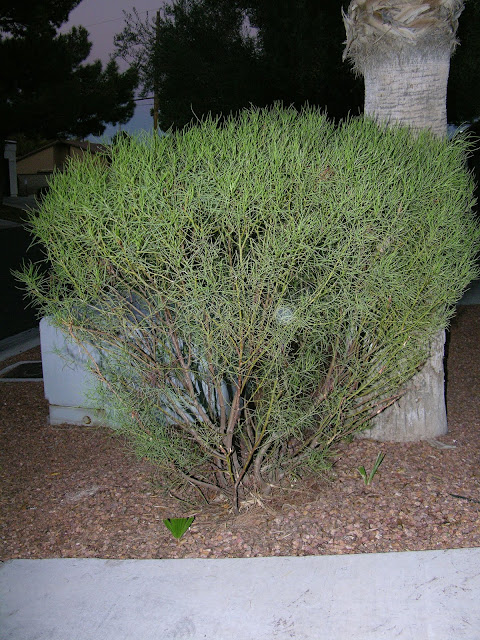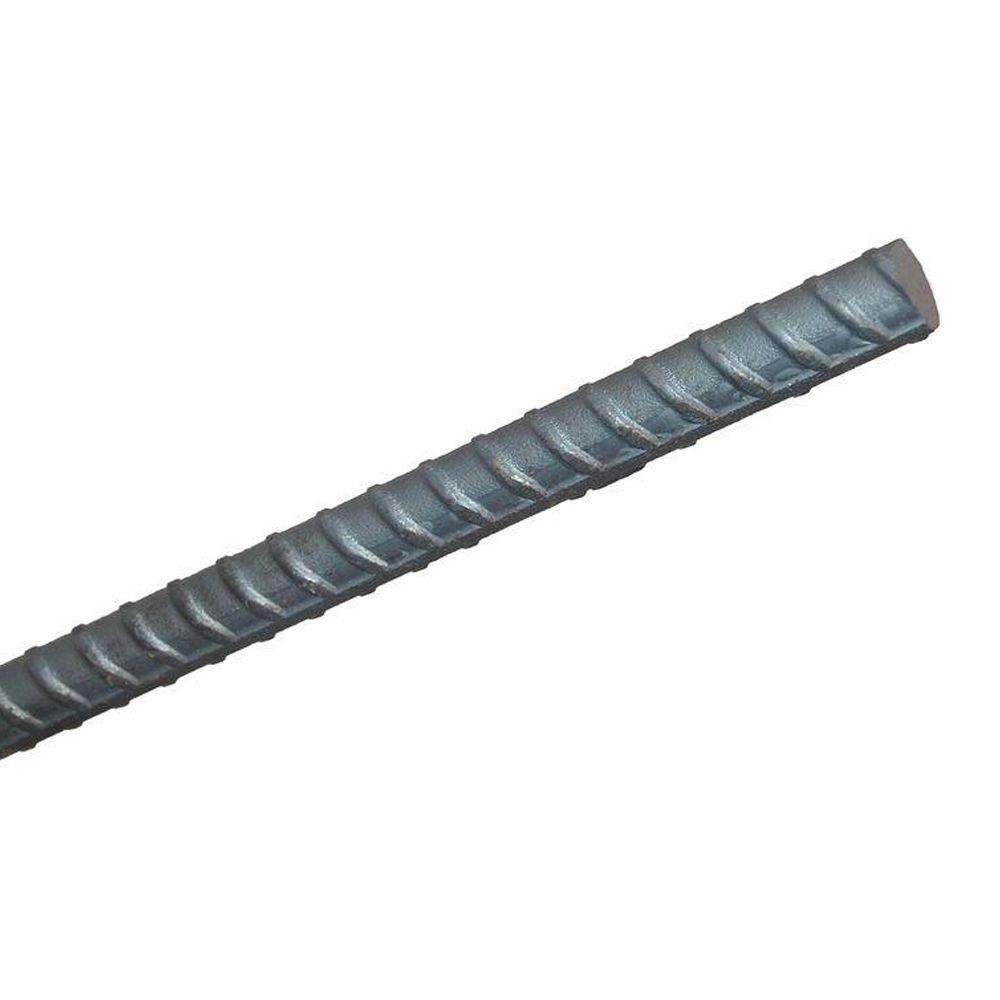Q. I have a small crape myrtle tree with leaves that were
constantly wet this year. The ground and plants underneath were always wet. Now
that the leaves are gone. I can see the branches are also wet. Another tree I
have is perfectly dry and normal. What’s causing this and how can I correct it?
A. This “wetness” was caused by one of the leaf sucking
insects, most likely aphids. If you inspect this “wetness” I think you’ll find
it is shiny and sticky as well as wet. It probably attracts flies, bees and
other insects.
 |
| Common occurrence in late fall and early winter before leaves drop are "wet leaves" due to aphids feeding. |
Aphids suck
plant juices from the leaves and then exude a shiny, sugary liquid that drops
on the leaves, limbs and plants below it. There are about 4000 different kinds
of aphids and about 10% of them cause problems to our plants.
In the
eastern US they have a special aphid, called the crape myrtle aphid, that
causes these problems only on crape myrtle. Several aphids specialize only on
certain plants. But there are also aphids which are general feeders and infest
a variety of different plants as well.
 |
| In the spring, aphids feeding on new leaves cause the leaves to distort from their feeding. Leaves that have fully developed won't demonstrate this when aphids feed on them. |
Aphids
are a huge problem because they reproduce rapidly in the spring without the
help of male aphids. Later in the season, females can be found with wings and
fly from plant to plant giving birth to living young wherever there are
succulent young leaves nearby. If you don’t get them under control, they can
spread.
To add
to this problem, ants pick them up and distribute them as well because they
like the sugary liquid they produce from sucking plant sap. Controlling ants in
the spring is one way to reduce their spread in the spring.
There
are lots of predatory insects and even fungi that attack them during the
growing season, but their reproduction and spread is so rapid that these
biological controls can’t keep up with their rapidly increasing numbers.
I
guarantee there are winged females and overwintering eggs hidden at the base of
woody plants and tucked into nooks and crannies on the trunk and stems.
What to
do? Spray both trees with dormant oil this winter to suffocate both the eggs
and the overwintering females. These dormant oils are made from paraffin or
mineral oil. Neem oil, although it might be effective, is not a dormant oil.
Select a
warm day, without wind and the sun shining, for spraying. Mix the dormant oil
with water at the rate recommended on the label. The oil is emulsified and can
be diluted with water for spraying.
Spray
the trees from top to bottom, covering the trunk and all the limbs. They like
to overwinter at the base of plants where it’s out of the weather so spray
there as well. Remove weeds where they can hide during the winter.
































